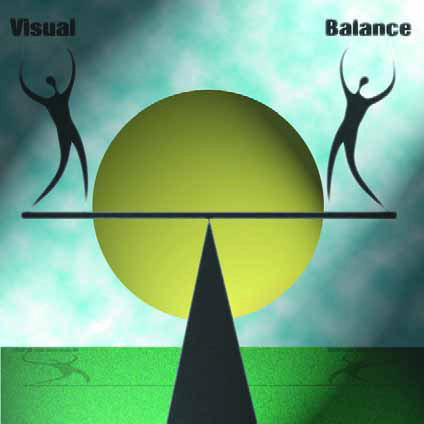waterfeature
Over and over again, I've said and written that the water should not be seen as the most important element in a well-designed space. In fact, I've said it so often that it's almost become a cliché, and that's a shame, because it tends to trivialize the valid point that all elements in a given space - plants, rocks, hardscape, lighting, artwork and water - need to co-exist in visual balance to create an overall experience. This concept of visual balance should indeed be the heart and soul of all our exterior designs, but it's apparent
To know where you're going, you need to have a sense of where you've been. That phrase is a bit shopworn, but it
Watershaping advanced by leaps and bounds from 1999 through 2004 – a journey of artistry…
Watershaping advanced by leaps and bounds from 1999 through 2004 – a journey of artistry…
June 6, 1944, was a cold, dark, cloudy day along the northern coast of France. When the Higgins boats carrying allied troops slapped their gangways into the cold sea 60 years ago this month and released their human cargo onto the beach, withering machine gun fire greeted the soldiers from German bunkers high above the beach. Before the day was over, 6,603 Americans had lost their lives in what became known as D-Day - the start of the allied invasion of Nazi-occupied Europe. When planning started for a National D-Day Memorial to be built in Bedford, Va., the project's
Teaching children about the science associated with the natural elements of earth, air, light and water in an imaginative, fun and engaging way is one of the key missions of modern museums of science. Conveying those concepts through a landscape, however, is a unique and ambitious goal - one we suggested to the directors of Montshire Museum of Science of Norwich, Vt., as a way of transforming the museum's grounds from ordinary exhibit space into a true laboratory for learning. During all of the early discussions of types of natural phenomena Montshire wanted us to explore, museum representatives always seemed most excited about those associated with water. They agreed with us that water exhibits could teach children about wonders as diverse as stream erosion and deposition, the reflection and absorption of light, how the pattern of water currents and flow velocities are affected by the size and shape of the water's container, how the pressure of water increases as its depth increases, and how the air temperature cools as one
No matter how it's used - as a focal point in a design or as just another feature balanced among many - the thoughtful use of water offers landscape architects and other watershape designers a huge range of aesthetic opportunities. Indeed, the water's texture, reflectivity, sounds and sculptural qualities can all be used to enhance the observer's experience as he or she moves through an environment, and in a near-infinite number of ways. Regardless of how familiar one becomes with these attributes and using them in built spaces, the presence of water in a design often yields something new, interesting and even unexpected. Whether you use it as a visual transition, a physical destination, an expression of nature or an architectural statement, water is
An important part of creating beautiful commercial watershapes is designing systems that actually work, effectively and enduringly, within the requirements and constraints of their given settings. This has become a real issue in the fountain business, where new demand is popping up at locations as diverse as resorts, malls, hotels, art pavilions, office buildings, convention centers, museums and even restaurants - and a few too many good-looking designs have been pulled out, significantly downsized or turned into planters because they just haven't performed as needed or
Whether it's done using only a tape measure and a pair of experienced eyeballs or requires the help of satellites orbiting the planet, every construction project is surveyed before the work begins. In fact, surveyors have been plying their trade for thousands of years, and their services have been valued for one simple reason: It's really a good idea to measure the size and shape of the ground before you try to build on it. In today's terms, surveying is defined as the process of taking accurate measurements of the land on the X-, Y- and Z axes (that is, in three dimensions) and then translating that data into a usable (usually printed) format. There are several different surveying methods used to measure, process and communicate this critical information, and choosing the right one is essential to getting any watershaping project off to a sound start. So how do you determine the level of detail required and communicate your need to the surveyor so he or she can give you the appropriate level of information? Let's take a look at the different types of surveys in common use and review what those options mean in terms of creating a truly useful array of
Just as every garden should reflect the aesthetic values of its owners and accommodate their lifestyle preferences, so too every watershape should reflect the nature, purpose and "meaning" of the garden it inhabits. If it's a Victorian garden, then the watershape should be of similar style - perhaps a blend of formal and natural elements with stone or brick accents. If the theme is "wild, romantic tangle," then cascades, blossom-laden pools and rambling roses may be in order. For its part, a simple, paved court may call for a






















